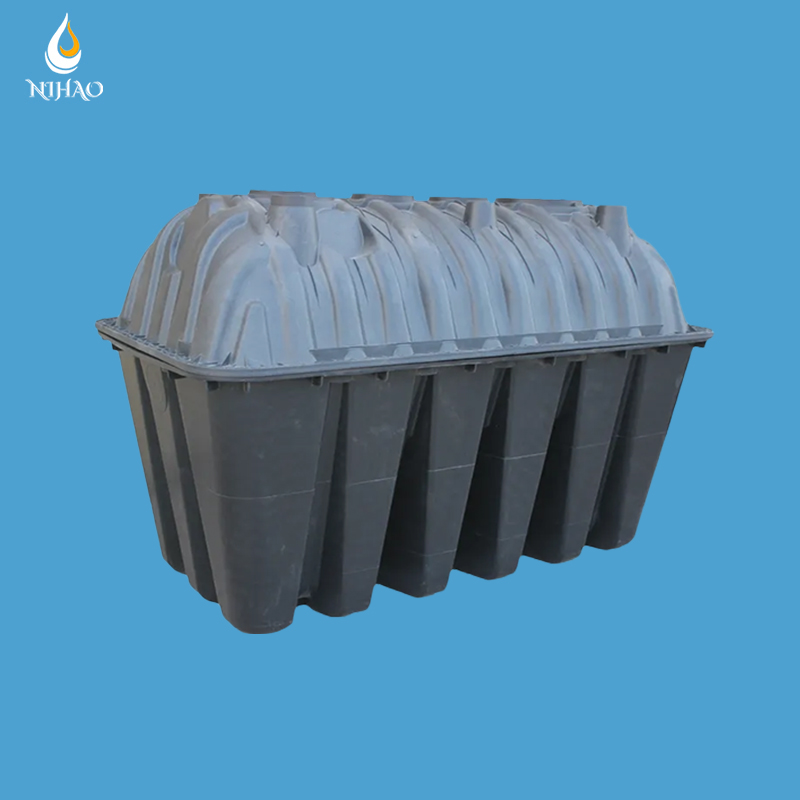 +86-15267462807
+86-15267462807
Three-compartment septic tanks is a type of septic tank design that is less common than single or two-compartment tanks, but can offer some advantages.
Function: Like other septic tanks, three-compartment tanks treat wastewater from homes or businesses that are not connected to a municipal sewer system. They work through a process of sedimentation and anaerobic digestion to separate solids and liquids, allowing the clarified effluent to be safely discharged to a drainfield for further treatment.
Design: A three-compartment septic tank is a single, elongated tank divided into three chambers by walls or baffles. Wastewater flows from one chamber to the next, allowing for more settling time and potentially more efficient treatment.
Advantages: Proponents of three-compartment septic tanks believe they offer several benefits, including:
Improved effluent quality: With more chambers, there's more opportunity for solids to settle out and for liquids to separate, potentially resulting in cleaner effluent leaving the tank.
Increased capacity: The additional chamber can provide more volume for handling waste, which may be beneficial for larger households or businesses.
Improved Baffle Design: Unlike traditional baffle walls, some advanced three-compartment septic tanks utilize inclined or T-shaped baffles. These promote better flow distribution and prevent short-circuiting, where untreated wastewater bypasses chambers and reaches the drainfield prematurely.
Material Considerations: Concrete remains the dominant material for septic tanks due to its durability and affordability. However, prefabricated fiberglass tanks are gaining traction for their lighter weight, corrosion resistance, and ease of installation. Nihao Water can explore offering both concrete and advanced fiberglass options to cater to diverse customer needs.
Disadvantages: Despite the potential benefits, three-compartment septic tanks also have some drawbacks:
Less common: They are not as widely used as single or two-compartment tanks, so finding qualified professionals for installation and maintenance may be more difficult.
Higher cost: The additional compartment can increase the cost of the tank itself, as well as installation costs.
Larger size: They require more space for installation compared to smaller tank designs.
Overall, three-compartment septic tanks can be a good option for certain situations, but they may not be the best choice for everyone. If you're considering a new septic tank system, it's important to consult with a qualified septic professional to determine the most suitable design for your specific needs and site conditions.
A recent project undertaken by Nihao Water involved designing a septic system for a newly constructed residence with six bedrooms. Due to the anticipated high wastewater flow, a three-compartment septic tank with a capacity of 3000 gallons was chosen. The increased capacity of the three-chamber tank along with the improved settling efficiency ensured the system could handle the larger wastewater load without compromising effluent quality.
Regulations: Local regulations may have specific requirements for septic tank design and capacity.
Maintenance: All septic tanks require regular maintenance, regardless of the number of compartments. This typically involves pumping out the accumulated sludge and scum every few years.